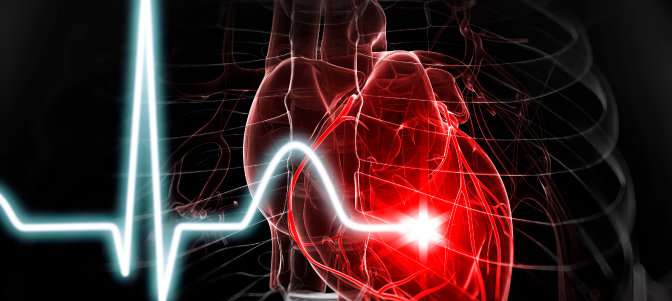Heart disease and stroke are the leading reasons for death globally. In the US, greater than six hundred,000 humans die of coronary heart disorder every year. According to the Centers for Disease Control and Prevention (CDC), almost one area of deaths due to cardiovascular sickness is preventable.

Blood stress readings are essential for reading and monitoring blood strain. These assessments document blood pressure by the use of measurements: systolic and diastolic blood pressure. Understanding those numbers is key to controlling blood pressure.
The systolic strain indicates how much pressure the blood places on the arteries while the heart beats, even as the diastolic blood pressure indicates the pressure at the same time as the heart is resting between beats. The American Heart Association (AHA) advocates that blood stress numbers below a hundred and twenty/80 millimeters of mercury (mm Hg) are every day.
The character has increased blood strain when readings range from a hundred and twenty–129 mm Hg systolic and less than eighty mm Hg diastolic. Hypertension occurs whilst blood stress is continually over a hundred thirty mm Hg systolic or extra than 80 mm Hg diastolic.
Which wide variety is greater important?
When doctors compare the danger of high blood pressure, they normally pay greater attention to systolic blood stress, which they consider a prime hazard element for cardiovascular disorder in older adults.
Decades of research have indicated that high systolic blood strain is much more likely than diastolic pressure to expect coronary heart sickness; however, now, a brand new examination unearths that each number in blood strain readings has a sturdy affiliation with a heart attack and stroke threat.
Researchers at Kaiser Permanente, a healthcare company in Oakland, CA, finished the look at, which appears inside the New England Journal of Medicine.
The studies concerned greater than 36 million blood strain readings from 1.Three million humans. The outcomes challenged preceding findings and showed the significance of both systolic and diastolic blood strain.
“This study brings a large quantity of information to bear on a fundamental query, and it offers any such clear answer,” says Kaiser Permanente stroke expert Dr. Alexander C. Flint, who is the lead writer of the have a look at.
They look at senior writer Dr. Deepak L. Bhatt, government director of Interventional Cardiovascular Services at Brigham and Women’s Hospital and professor of medication at Harvard Medical School — each in Boston, MA.
Large quantities of information display the solution
Dr. Flint explains that previous studies have influenced cardiology tips, which have focused on systolic pressure to expect the danger of coronary heart sickness. Some experts even argue that it is probably feasible to disregard the diastolic range.
The new look at is the biggest of its kind. The findings confirmed that systolic pressure has an extra impact; however, additionally, they established that each systolic and diastolic stress could predict the hazard of heart attack or stroke.
The researchers analyzed systolic and diastolic high blood pressure outcomes on a ramification of unfavorable outcomes, together with “myocardial infarction, ischemic stroke, or hemorrhagic stroke,” over 8 years and determined that each additive independently expected coronary heart assault and stroke.
The recently up-to-date American College of Cardiology and AHA guidelines now advocate greater intently tracking human beings at multiplied risk of high blood stress. The findings of the brand new study that both systolic and diastolic high blood pressure impact the lower threshold of a hundred thirty/80 mm Hg aid this alteration.
The National Institutes of Health’s Systolic Blood Pressure Intervention Trial (SPRINT) has also produced similar effects.










